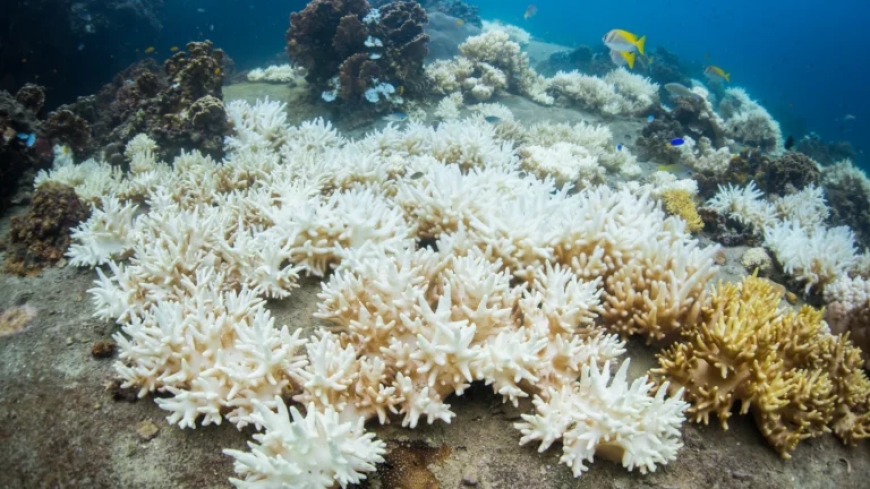CORAL BLEACHING ‘RAVAGING’ PARTS OF THE ANDAMAN SEA AND GULF OF THAILAND
The extensive coral bleaching, occurring across such a wide area of Andaman Sea and Gulf of Thailand coral areas, is ringing alarm bells as the problem ravages

CORAL BLEACHING ‘RAVAGING’ PARTS OF THE ANDAMAN SEA AND GULF OF THAILAND
Coral BleachingPHOTO: Coral Bleaching
“Recent surveys have identified at least 19 affected areas within Thailand’s marine national parks.”
The extensive coral bleaching, occurring across such a wide area of Andaman Sea and Gulf of Thailand coral areas, is ringing alarm bells as the problem ravages so many of the region’s best dive spots.
Officials from the Department of National Parks, Wildlife and Plant Conservation have issued warnings about significant coral bleaching in Thailand’s Andaman Sea. Recent surveys have identified at least 19 affected areas within marine national parks, prompting temporary closures of tourist sites, including Koh Pling near Nai Yang Beach (near the Phuket Airport).
Over 80% of the coral around Koh Pling in Phuket has been affected.
But it’s not only the Andaman Sea coastlines. In 5 weeks from April 2, 8 marine national parks along the Gulf of Thailand coast reported coral bleaching. These parks include…
• Mu Ko Chang
• Khao Laem Ya – Mu Ko Samet
• Khao Sam Roi Yot
• Hat Wanakon
• Mu Ko Chumphon
• Than Sadet – Ko Pha-ngan
• Mu Ko Ang Thong
• Hat Khanom – Mu Ko Thalae Tai
Officials report that th bleaching is particularly severe in some areas, with Hat Wanakon, south of Hua Hin, experiencing over 80% bleaching.
Off the coast of Chumpon in the Gulf of Thailand, Koh Kram has over 70% bleaching, Koh Ngam Noi over 60%, and Koh Ngam Yai over 80%.
Marine officials say that the alarming bleaching is attributed to abnormal marine conditions such as “warm seawater, oil spills, sedimentation and prolonged exposure to extreme tides”. These factor will cause bleaching and even death of the corals if conditions persist for more than 3 weeks.
On the other side of the Gulf of Thailand, Koh Mak and Koh Kood in Trat province are also suffering coral bleaching, ranging from 30% – 50% “but was less severe than initially predicted”, possibly due to cloudy weather and cooler temperatures.
In response, the Chumphon National Marine Park Operations Centre, collaborating with Ramkhamhaeng University’s Marine Biodiversity Research Group, has installed shade nets to protect coral reefs from heat stress. This action follows the discovery that 80% of coral reefs over an area of approximately 8 acres at a depth of 8-9 metres were affected by bleaching.
What's Your Reaction?














































































